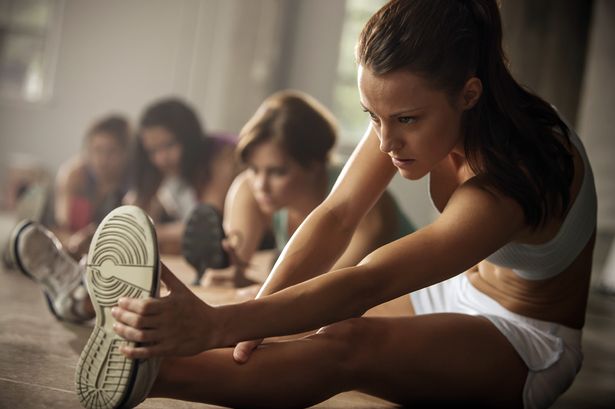A few weeks ago I wrote that because my mum exercised during pregnancy I was born wanting to be active.
Each time I trained hard for skiing, or for a cycle challenge in Egypt, Jordan and Israel, or trekking in the Himalayas, I concluded exercise is the secret to life.
Now new research goes even further than that – exercise is the fountain of youth and young muscles not only make you feel young, you ARE young.
Experts from the University of Guelph, in Ontario, Canada, reveal that elderly people who were elite athletes in their youth – or later in life – have much ‘younger’ muscles.
They also have stronger legs. Their muscle cells are healthier too. To be precise, their legs are 25% stronger and they have 14% more muscle mass than non-exercisers. Thus, the key to staying ‘young’ is exercise, the scientists revealed. As if I didn’t know.
A few weeks ago I wrote that because my mum exercised during pregnancy I was born wanting to be active.
Each time I trained hard for skiing, or for a cycle challenge in Egypt, Jordan and Israel, or trekking in the Himalayas, I concluded exercise is the secret to life.
Now new research goes even further than that – exercise is the fountain of youth and young muscles not only make you feel young, you ARE young.
Experts from the University of Guelph, in Ontario, Canada, reveal that elderly people who were elite athletes in their youth – or later in life – have much ‘younger’ muscles.
They also have stronger legs. Their muscle cells are healthier too. To be precise, their legs are 25% stronger and they have 14% more muscle mass than non-exercisers. Thus, the key to staying ‘young’ is exercise, the scientists revealed. As if I didn’t know.

The research, published in the Journal of Applied Physiology, compared world-class track and field athletes in their 80s with people the same age living independently.
I think we can find lessons for ourselves in studying these active people, even though we never did aspire to their level of fitness.
Lead study author Dr Geoff Power said: “One of the most unique and novel aspects of this study is the exceptional participants.
“These are people in their 80s and 90s who actively compete in World Masters track and field championships.
“We have seven world champions,” said Dr Power. “These individuals are the creme de la creme of ageing.”
And they’re showing us the way. The researchers found these golden oldies to have nearly one-third more ‘motor units’ in their leg muscles than non-athletes.
More motor units – which consist of nerves and muscle fibres – mean more muscle mass and greater muscle strength, the scientists said.
With normal ageing, the nervous system loses motor nerves which command the muscles to work, leading to reduced muscle mass and less strength.
And this process accelerates substantially after the age of 60.
Dr Power said: “Therefore, identifying opportunities to intervene and delay
the loss of motor units in old age is of critical importance.”
He’s also looked at muscle fibres in the same elite athlete and non-athlete groups in another recent study which we can take on board.
“Exercise is definitely an important contributor to functional performance,” he said. “Staying active, even later in life, can help reduce muscle loss.”

